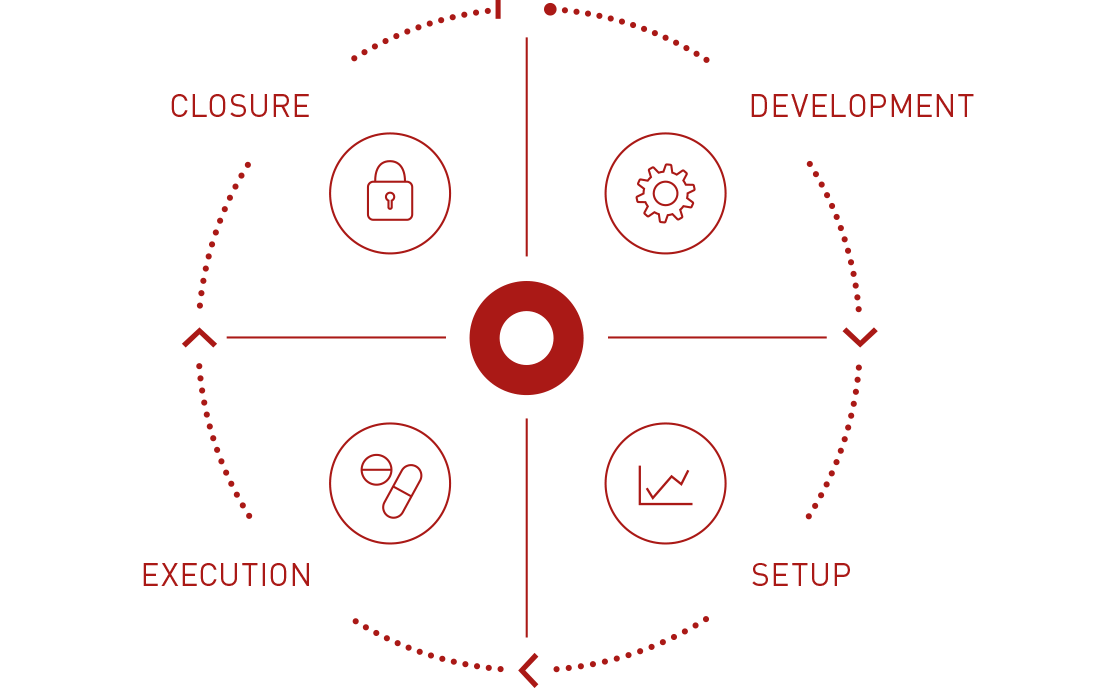At palleos healthcare, an interdisciplinary team of subject matter experts has met these challenges by devising a lean quality risk management (QRM) process that is theoretically consistent, practically applicable, and fully compliant with regulatory requirements. Our approach is based on well-established QRM principles, as outlined in ICH Q9 and the ISO 31000. An emphasis is placed on scalability and added value to operational control during the execution of a trial.
QRM extends traditional quality management by explicitly addressing the effects of uncertainty. This entails prospectively accounting for deviations from the expected with regard to resources, study goals, critical data and processes. As such, QRM increases the robustness of clinical trial planning and demonstrably adds to achieving quality. At the same time, overall costs can be minimized without compromising quality by optimally allocating resources with regard to identified quality risks.




